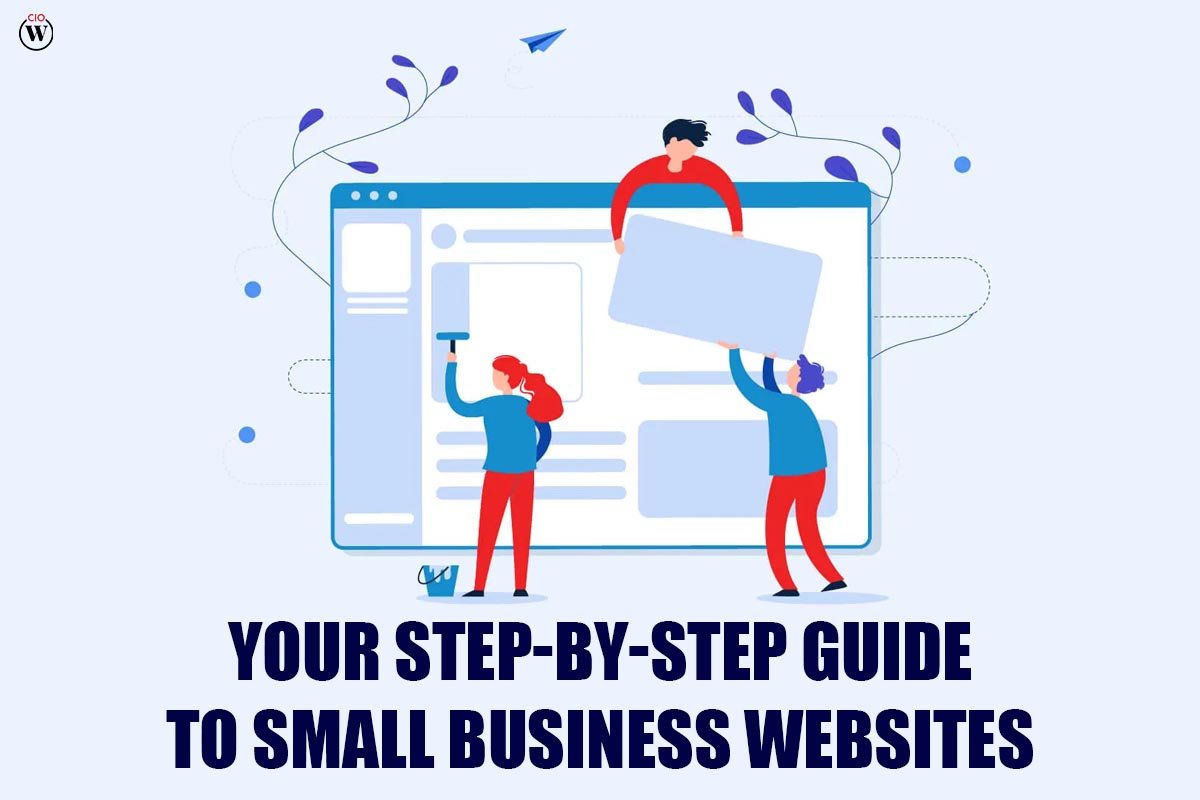Marketing is an essential aspect of any business, as it helps in creating awareness about a product or service to the target audience. The success of marketing efforts depends on the effectiveness of the marketing message. A marketing message is the information communicated to the target audience through various marketing channels, such as advertising, social media, email marketing, etc. The message should be clear, concise, and compelling to attract and retain the attention of the audience.
In this article, we will discuss everything you need to know about crafting a marketing message that sticks ;
1. Understanding the Target Audience
The first step in crafting a marketing message that sticks is understanding the target audience. It is essential to identify the needs, preferences, and behavior of the target audience to create a message that resonates with them. This requires conducting market research to gather data on the target audience’s demographics, psychographics, and buying behavior.
Demographics refer to the basic characteristics of the target audience, such as age, gender, income, education, etc. Psychographics, on the other hand, refers to the personality traits, values, and interests of the target audience. It is crucial to understand the psychographics of the target audience as it helps in creating a message that appeals to their emotions and aspirations.
Once you have a clear understanding of the target audience, you can use the information to Crafting a Marketing message that speaks directly to them. For example, if your target audience is millennials, you can create a message that highlights the benefits of your product or service in a way that resonates with their values and aspirations.
2. Crafting the Message

After understanding the target audience, the next step is Crafting a Marketing message. The Crafting a Marketing message should be clear, concise, and compelling to attract and retain the attention of the target audience. There are several elements that you need to consider when crafting the message, as discussed below.
3. Unique Selling Proposition (USP)
The USP is the unique benefit that your product or service offers that sets it apart from the competition. It is essential to identify the USP and highlight it in the marketing message. The USP should be communicated clearly and concisely to the target audience to differentiate your product or service from the competition.
For example, if you are selling a weight loss product, your USP could be that it helps people lose weight without having to follow a strict diet or exercise routine. You can highlight this USP in the marketing message to attract people who want to lose weight but do not have the time or motivation to follow a strict diet or exercise routine.
4. Headline
The headline is the first thing that the target audience sees when they come across your Crafting a Marketing message. It should be attention-grabbing and communicate the main benefit of your product or service. The headline should be short and concise, and it should make the target audience want to read more.
For example, if you are selling a skincare product, your headline could be “Get Radiant Skin in Just 7 Days.” This headline communicates the main benefit of the product, which is to improve the skin’s radiance, and it also creates a sense of urgency by highlighting the 7-day timeline.
5. Body Copy
The body copy is the main content of the marketing message. It should expand on the headline and communicate the benefits of the product or service in a clear and concise manner. The body copy should be structured in a way that makes it easy for the target audience to read and understand.

For example, if you are selling a subscription service, your body copy could highlight the benefits of the service, such as convenience, affordability, and flexibility. You can also use social proof, such as customer testimonials, to support your claims and increase the credibility of the message.
6. Call to Action (CTA)
The CTA is the action that you want the target audience to take after reading the marketing message. It should be clear and compelling, and it should encourage the target audience to take action. The CTA can be in the form of a button, a link, or a phone number.
For example, if you are promoting a webinar, your CTA could be “Register Now for Free.” This CTA is clear and compelling, and it encourages the target audience to take action by registering for the webinar.
7. Testing the Message
Once you have crafted the marketing message, it is essential to test it to ensure that it resonates with the target audience. Testing can be done through A/B testing, which involves creating two versions of the message and testing them against each other to determine which one performs better.
A/B testing can be done on various elements of the Crafting a Marketing, such as the headline, the body copy, the images, and the CTA. The results of the testing can be used to refine the message and make it more effective in communicating the benefits of the product or service to the target audience.
8. Consistency Across Channels
Another important aspect of crafting a marketing message that sticks is consistency across channels. The message should be consistent across all marketing channels, such as advertising, social media, email marketing, etc. This helps in creating a cohesive brand image and reinforces the main benefit of the product or service in the minds of the target audience.

For example, if your marketing message highlights the convenience of your product or service, it should be consistent across all marketing channels. Your advertising should communicate the same message as your social media posts and email marketing campaigns to create a consistent brand image.
BOTTOM LINE
Crafting a marketing message that sticks requires a clear understanding of the target audience, the identification of the USP, attention-grabbing headlines, clear and concise body copy, compelling CTAs, testing, and consistency across channels. By following these guidelines, you can create a message that resonates with the target audience and helps in achieving your marketing goals. Remember, a well-crafted marketing message can make all the difference in the success of your business.









